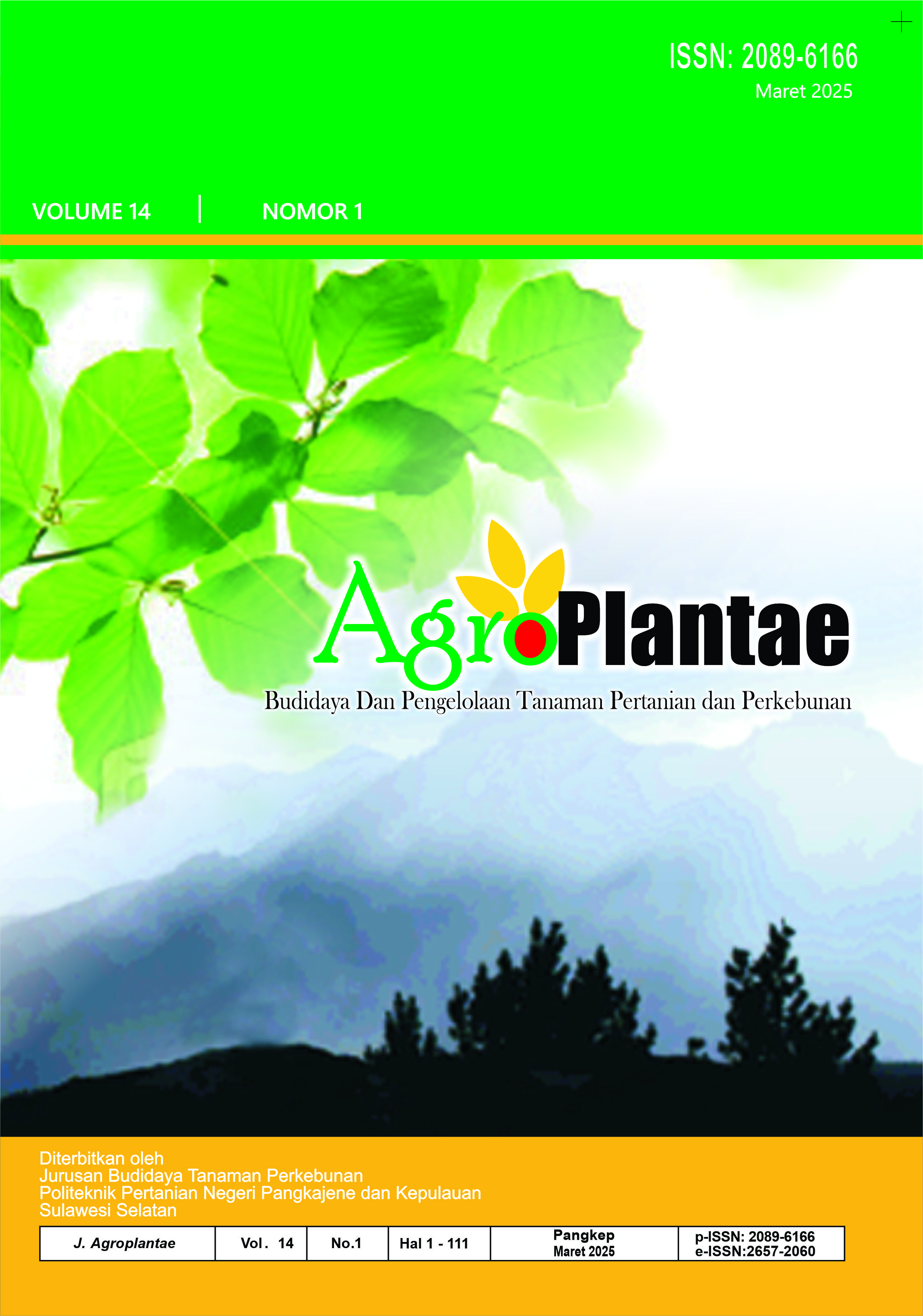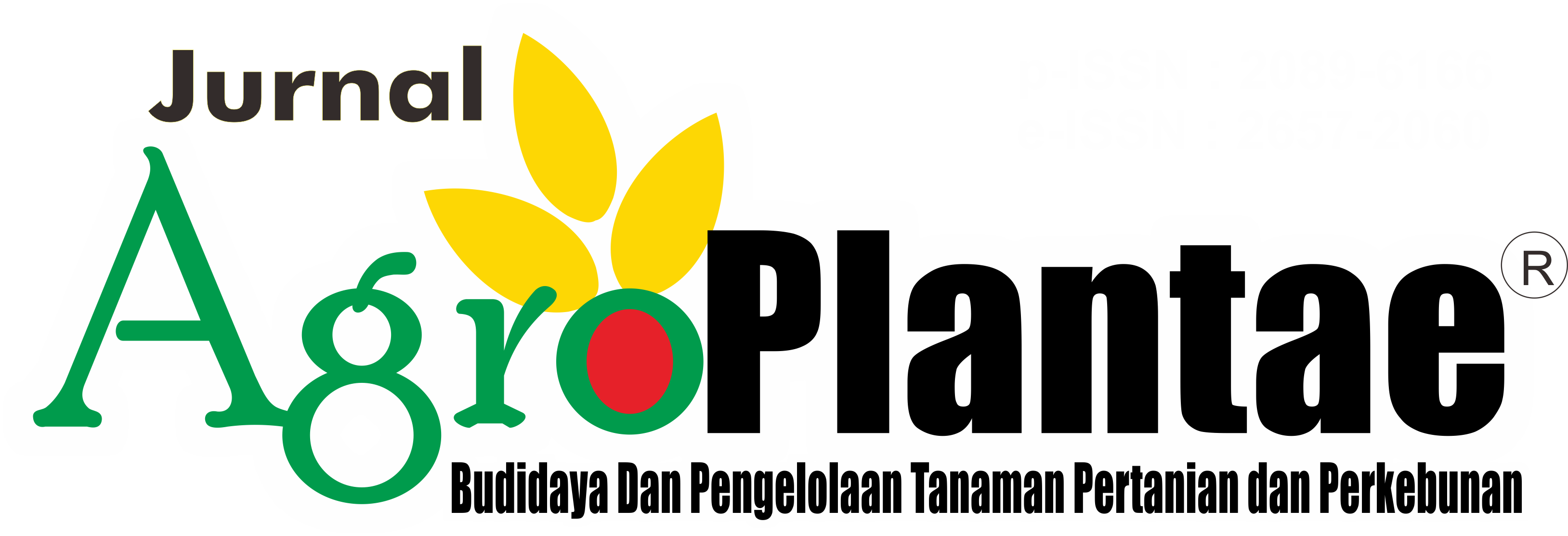APLIKASI PEMBENAH TANAH PADA BIDANG PERTANIAN DI INDONESIA: DESIGN RISET DAN ANALISIS DATA
Abstract
Soil fertility is a key factor in agricultural success; however, poor soil quality often hinders
productivity. One solution is the use of soil amendments to improve soil's physical, chemical,
and biological properties. This study aims to analyze research trends on soil amendments in
Indonesia based on agricultural journals from 2015 to 2024. Data were collected through
Google Scholar, with a total of 24 articles analyzed based on publication count, research design,
indicator plants, treatments, and data analysis methods used. The analysis results indicate
fluctuations in research trends, with the highest number of publications in 2021 and 2022. The
Factorial Randomized Block Design was the most commonly used method, while the most
frequently studied indicator plants were soybean, rice, and maize. The most common treatment
involved combining soil amendments with organic and inorganic fertilizers. The dominant data
analysis method was ANOVA, followed by post hoc tests such as LSD and Tukey HSD to
determine significant differences between treatment groups. This study recommends further
research on the effectiveness of soil amendments in supporting sustainable agriculture and
exploring their use across various plant species and environmental conditions.








